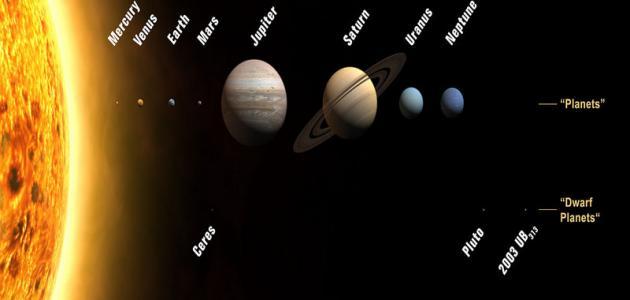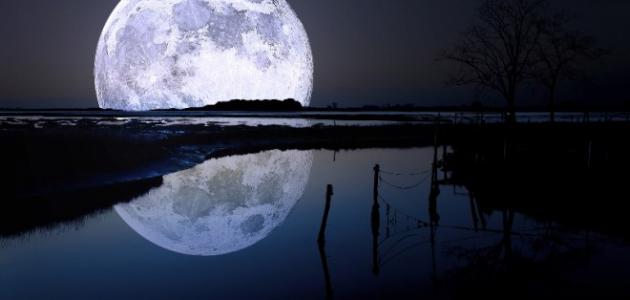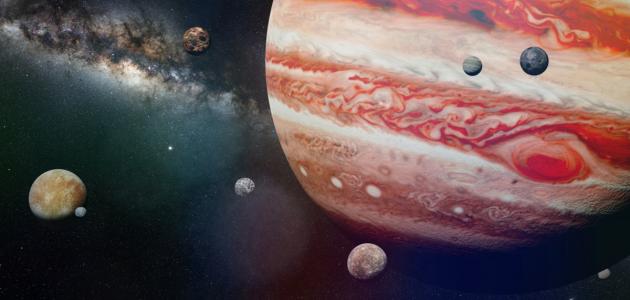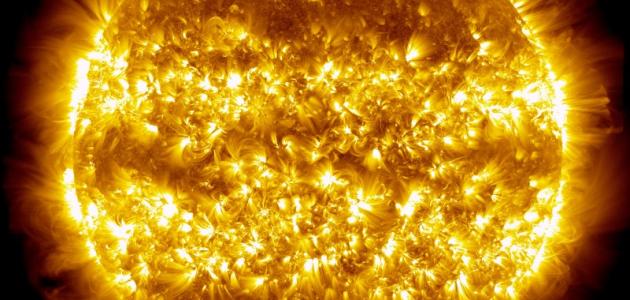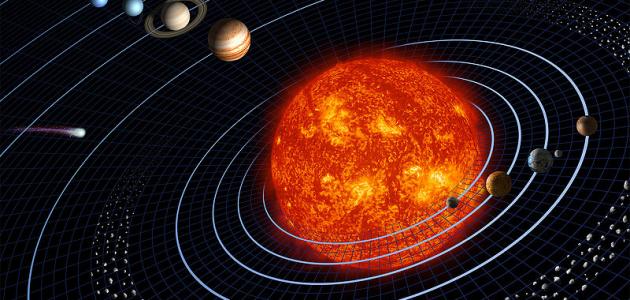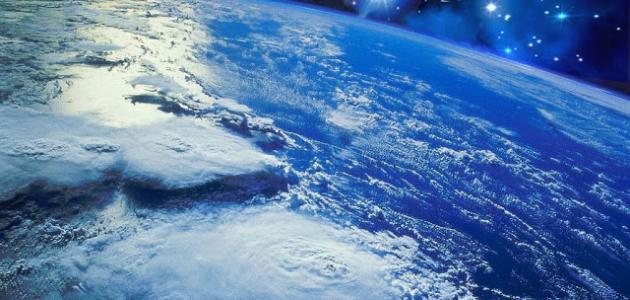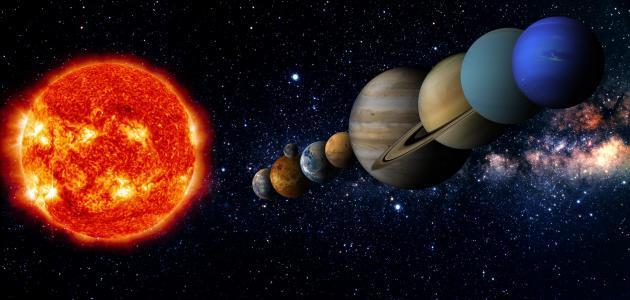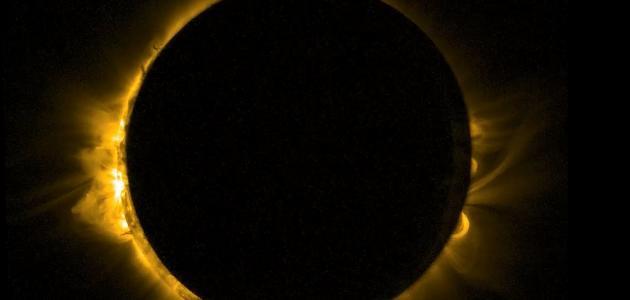Mercury
Scientists were late in discovering the planet Mercury, due to its location, as it is close to the western horizon, and therefore the atmosphere works to absorb the light it emits, in addition to the fact that the twilight that appears during sunset contributes to hiding it, which makes it difficult to monitor. However, it is noteworthy that the first information obtained by astronomers about this planet was in the year 1974 AD, when the American spacecraft Mariner headed to its surface to study it. In this article, we will introduce you to a set of information about the planet Mercury.
Information about the planet Mercury
Movement of Mercury in the solar system
- The distance between the planet Mercury and the sun is about 47.6 km, and therefore it is considered the closest planet in the solar system to the sun.
- Mercury's sidereal day is estimated at 58.65 Earth days, while its sidereal year is equal to 87.97 Earth days. This means that one day on this planet is equivalent to a third of a year.
- The transit of the planet Mercury occurs between the Sun and the Earth, and is in the form of a small black dot. It is noteworthy that scientists have noticed that each time the transit time is 43 seconds ahead of the previous time, but there has been no logical explanation until now.
- The gravity on this planet is 0.378 of Earth's gravity, and its inclination from the ecliptic is estimated at about seven degrees.
Installation of the planet Mercury
- This planet is composed of a group of heavy elements, the most important of which is iron, which constitutes about 75% of its radius. As for the light gases, they evaporated due to the high heat of the sun. This made Mercury appear small in terms of size and large in terms of density, as it Its density is close to that of planet Earth.
- Its iron inner core is covered by a crust of volcanic rock, which is about 600 km in diameter.
- The surface features of Mercury are similar to the Moon, as it contains a large group of craters of different sizes, which appeared in the images sent by the Mariner spacecraft. Scientists and astronomers have suggested that the reason for the formation of these craters is due to the collision of meteorites in it during its formation, in addition to volcanoes. Which occurred in space in the past, and it is noteworthy that the craters were named after world celebrities, such as: Beethoven, Mark Twain, Shakespeare, and others.
- This planet includes a distinctive basin known as Caloris, which extends over a distance of 1350 km, and is surrounded by a group of chains. It is considered one of the most important features on Mercury.
- This planet lacks a protective gaseous atmosphere.

